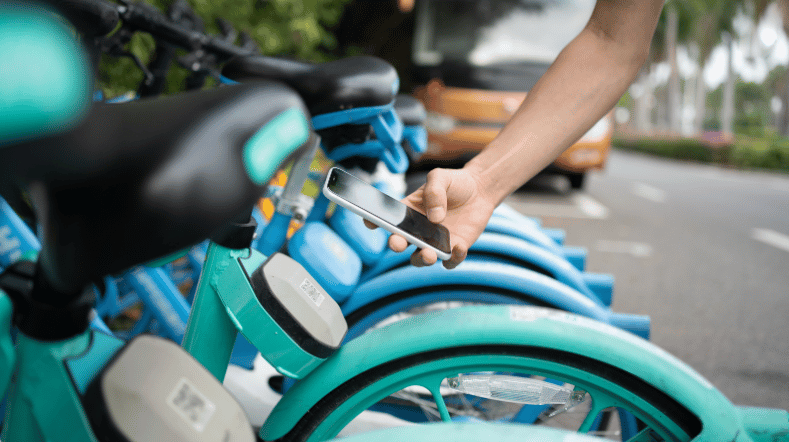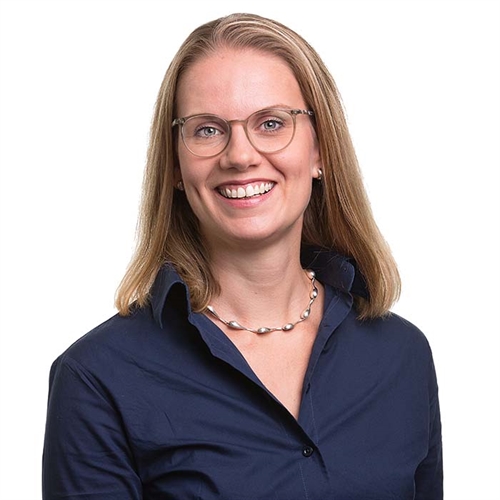
Will technology make future travel unnecessary?
If we need to travel less, our world will become cleaner, safer and more efficient. Therefore we are researching disruptive mobility concepts such as extended reality. After all, if we meet each other more often in a virtual world, the pressure on our mobility and living environment will be considerably reduced.
Suppose that we could have a sneak peek at our workplace in 2030. It is likely is that there will be an office at home with plenty of resources to 'really' be able to see colleagues, even if they're abroad. In a virtual world, for example, you could be drinking coffee at home with a colleague in Canada - and choosing your own environment to do so, like that one nice little cafe in Copenhagen.
Disruptive or not?
The picture above of the future is an example of extended reality, abbreviated to XR. This innovation is being jointly developed by ICT and mobility experts. XR enables people all over the world to meet one another in a lifelike manner without the travel time or CO2 emissions. Extended reality is an example of a disruptive mobility concept. But what does disruptive really mean?
Disruptive changes always arrive unexpectedly and have a major impact on our lives and the economy. Take for example the traditional mail, which faced fierce competition from fax in the 80s and later had to acknowledge the email as its superior. Then came Skype; perhaps the hyperloop will soon arrive too. TNO wants to be able to assess – as quickly as possible – whether something is unfeasible, hype or realistic so that the most impactful innovations can optimally contribute to our mobility.
Disruptive mobility: avatars
We know avatars from the film and through their use in games. This is one of the disruptive innovations being researched at TNO. Thanks to this technology, also known as telepresence robotics, someone can quickly visit a remote or dangerous place either virtually or in the form of a robot. The fire brigade, for example, can use this technology to enter burning buildings with a robot. The army can use avatars to deactivate mines. But remote education or care are also possible. As a result, we will need to travel less, making a positive contribution to our mobility.
Winners and losers
Every disruption has winners and losers. We therefore specialise in the timely identification of such developments so that public authorities and companies are well prepared. At TNO, we consider knowing the best strategy and the impact of future mobility concepts to be at least as important as knowledge of the technology itself. This is why we are studying the drivers behind this type of innovation, which can often be traced back to fundamental human needs. Think of the need to share information, which has led to the emergence of social media.
Disruption in service of all of us
Through in-depth research, we want to find out which technologies actually contribute to clean, safe and efficient mobility. These insights enable public authorities to stimulate positive disruptive innovations and regulate negative ones, such as by taking timely policy measures.
At TNO, we not only make stakeholders aware of these disruptive developments but also give them effective instruments to determine the risks, the cost-benefit and the right strategy. This is the only way for innovative mobility concepts to optimally contribute to our societal goals.
Get inspired
How governments can make MaaS work to societal goals


Open call for European SMES and start-ups

Smarter travel with Mobility as a Service


Case study analysis: Governance models for Mobility as a Service (MaaS)


